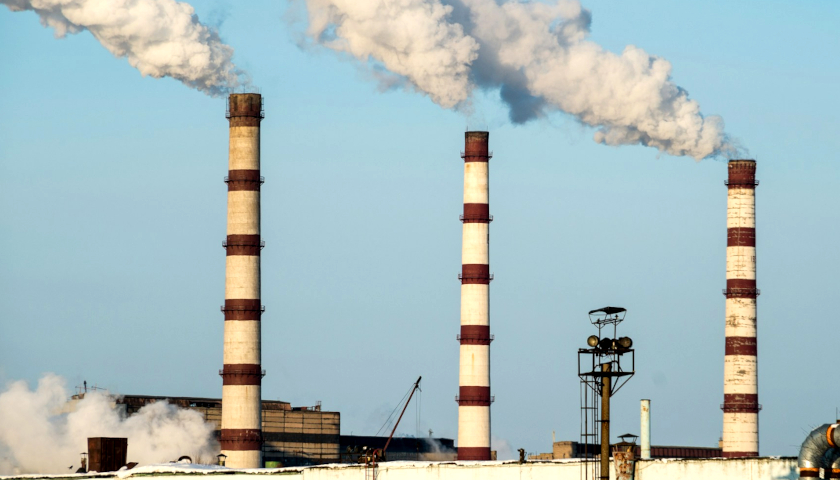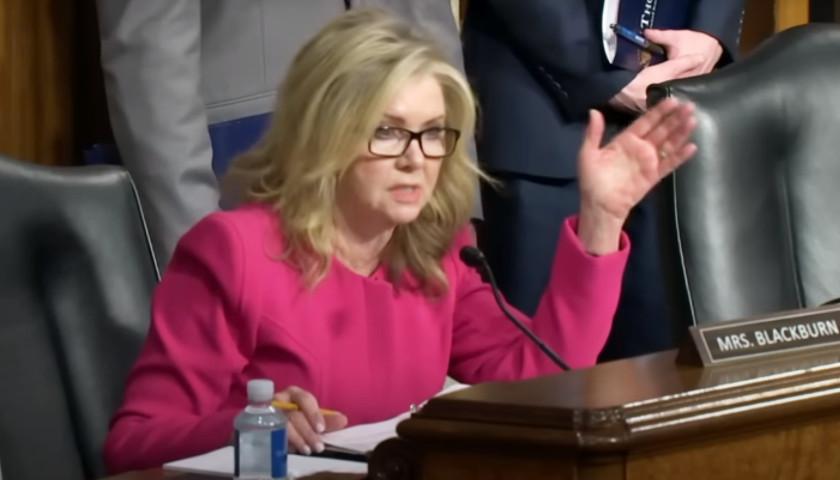by Kevin Killough
The administration’s announcement refers to carbon capture as “proven and cost-effective control technologies,” but critics have argued that the technology is expensive to scale up to a degree it can have any impact on carbon dioxide emissions and will drive up energy costs.
The Biden administration finalized four rules regarding power plants Thursday. One of the Environmental Protection Agency’s rules will require all existing coal plants and new natural gas-fired power plants to implement carbon capture technology.
Other rules aim to reduce emissions for toxic metals, pollutants in wastewater discharged from coal-fired power plants, and management of coal ash, which is another waste product from coal plants.
“Today, EPA is proud to make good on the Biden-Harris Administration’s vision to tackle climate change and to protect all communities from pollution in our air, water, and in our neighborhoods,” EPA Administrator Michael S. Regan said in a statement.
Carbon capture and storage technologies either capture carbon dioxide emissions at the source or remove it from the air, and then it’s stored underground.
The administration’s announcement refers to carbon capture as “proven and cost-effective control technologies,” but critics have argued that the technology is expensive to scale up to a degree it can have any impact on carbon dioxide emissions and will drive up energy costs.
According to the International Energy Agency, operational carbon capture and removal facilities in the United States remove or capture 21.8 million metric tons of carbon dioxide per year. According to the U.S. Energy Information Administration data, that’s about 1.3 percent of the total emissions from fossil fuel-fired electricity generation in the U.S.
– – –
Kevin Killough is a reporter at Just the News.
Photo “Coal Fired Power Plant” by Valeriy Kryukov.





